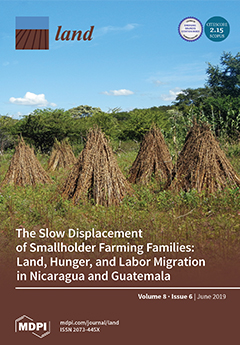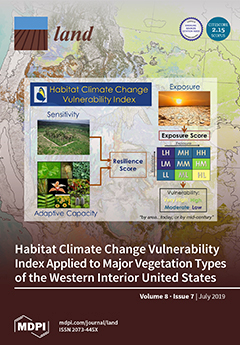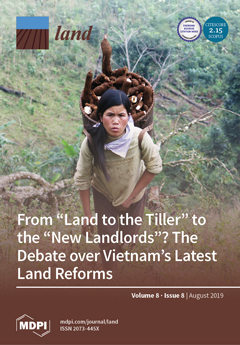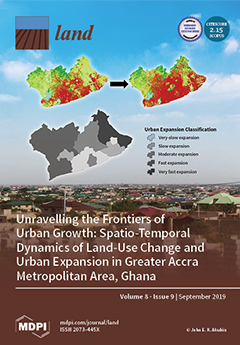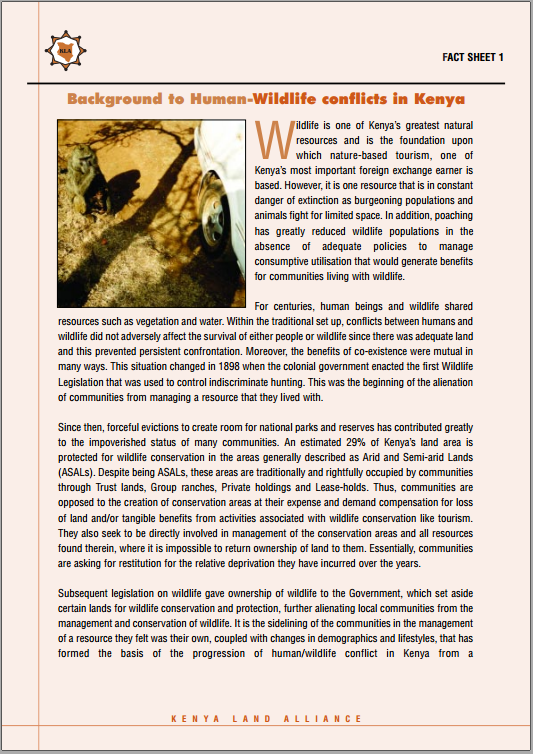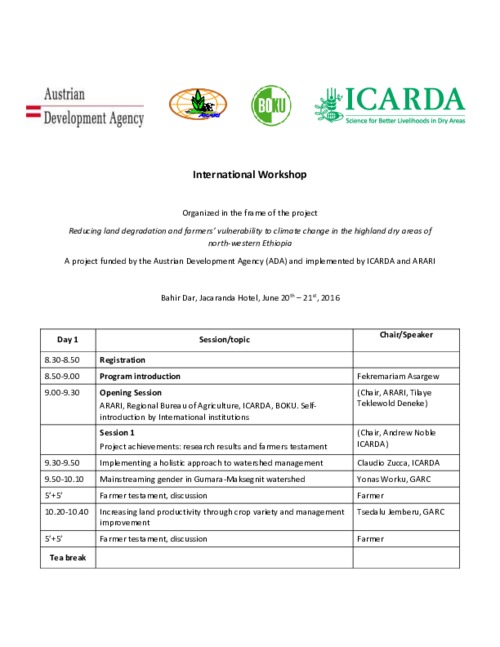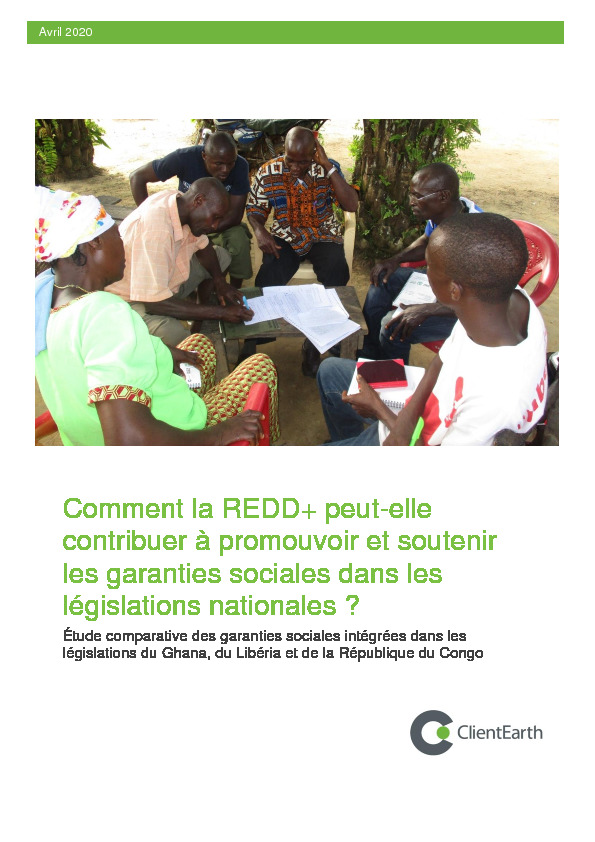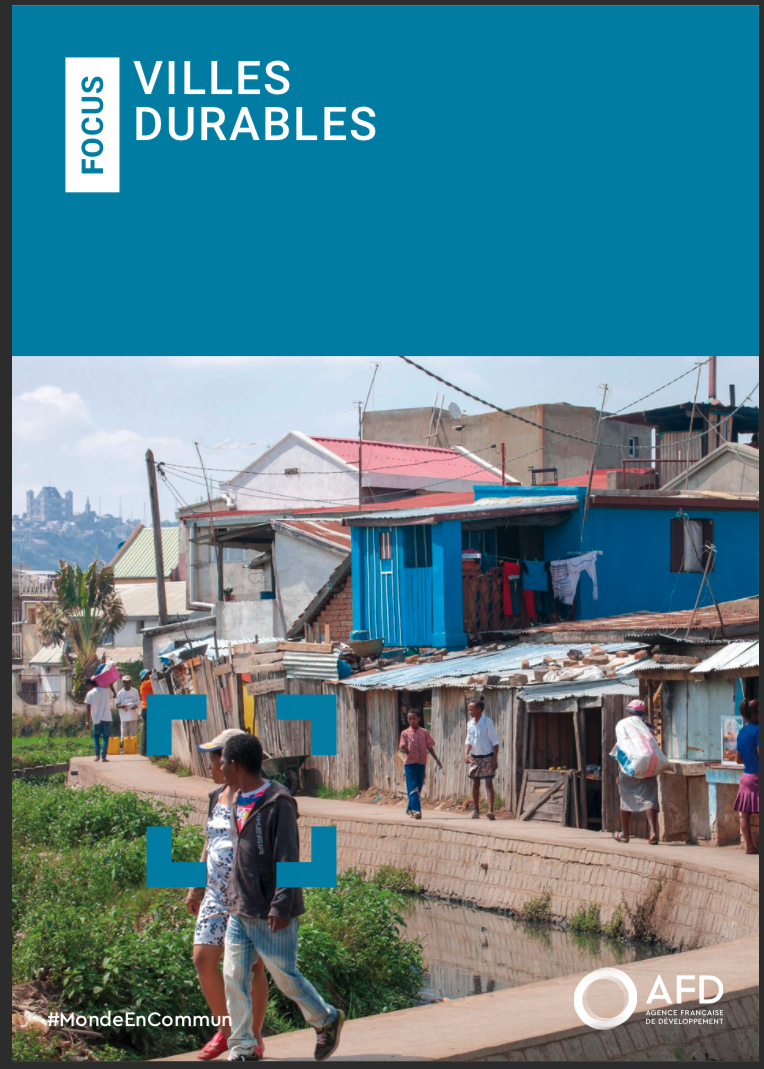Microhabitats Affect Population Size and Plant Vigor of Three Critically Endangered Endemic Plants in Southern Sinai Mountains, Egypt
Endemic species on mountains often have narrow altitudinal ranges and are more threatened at the higher altitudes, especially with climate changes. However, plants could use special microhabitats at the mountain tops as proper places for surviving the climate change (i.e., refugia). We assessed population attributes of three critically endangered endemic species (Primula boveana Decne ex Duby, Rosa arabica Crep., and Silene leucophylla Boiss.) in two growing seasons (2006/2007 and 2013/2014), differing in the received rainfalls in microhabitats at the high mountains of southern Sinai.

